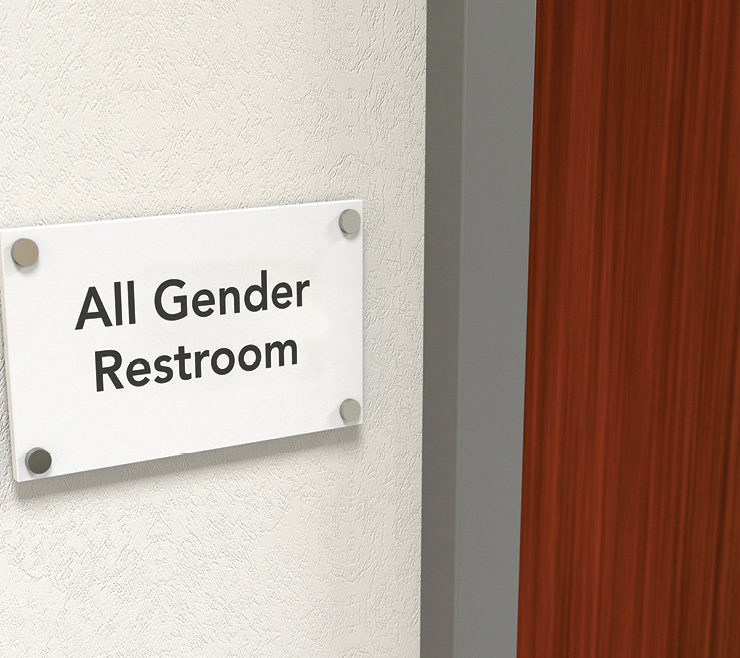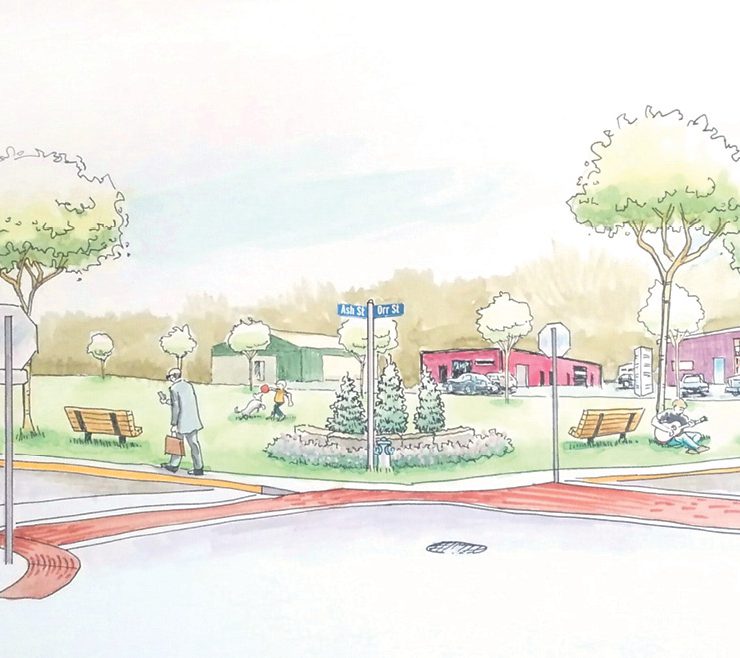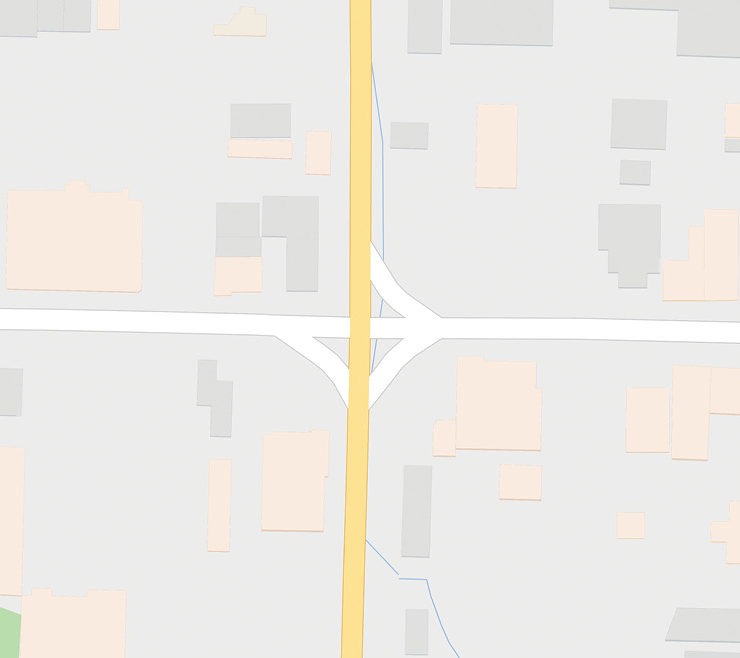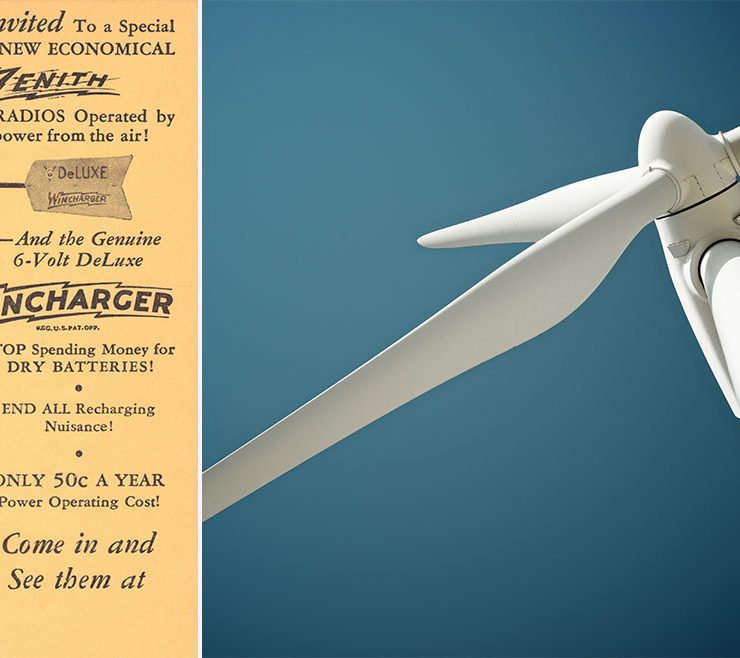Local Perspective: A ‘Kind of’ Government Loan
 Too often, business leaders take a dim view of government programs, as many of them are intended to regulate or control more than they facilitate the easy flow of commerce. But, not all government plans are created equally.
Too often, business leaders take a dim view of government programs, as many of them are intended to regulate or control more than they facilitate the easy flow of commerce. But, not all government plans are created equally.
One star in the galaxy of government offerings is the SBA 504 Small Business Loan Program. The program helps provide financing for fixed asset purchases, improvements, and expansions, and it’s designed to augment traditional financing sources on a fixed-rate basis.
What is unusual about the program is that, although it is sponsored and underwritten by the federal Small Business Administration, basic loan approvals are made locally by participating banks and a loan committee made up of professionals from various disciplines. This approval process lets local factors such as job creation goals, local economic reinvigoration, and business retention be included in the criteria used to evaluate loan requests.
Here’s the short version of how the program works in Columbia.
A local Certified Development Corporation was established in Columbia to administer the SBA 504 program. It was formed with the goal of promoting economic development on a hyperlocal basis. It is a direct loan program, not a loan guarantee construct, but the total value of the loan is shared between a local lending institution, the borrower, and the government. In most cases, a bank provides 50 percent of the requested financing; the SBA provides a separate, linked loan covering 40 percent; and the borrower provides the remaining 10 percent required for the project to go forward. For cases involving special-use properties or startups, the borrower may have to provide up to 20 percent.
The loans can only be used for fixed or capital assets like land, buildings, or equipment, and the loan applicant must either occupy or directly utilize the majority of the property. Other lines of credit and bridge loans can be provided separately at the discretion of the primary private lender. The loan cannot be used for operating capital or land speculation situations.
This is not a microloan fund. Most loan applications start at a minimum of $250,000, and many exceed the $1 million mark. The fixed assets financed serve as collateral for the SBA portion of the loan, so favorable appraisals of land or buildings involved are required.
Every loan must be considered to be credit-worthy, since no one wants any business to fail by taking on too much debt at the wrong time, and every loan should be able to demonstrate credible management ability.
So who approves the loan? Think of this program as two linked loans. The bank approves the first 50 percent of the overall project through its regular processes using standard banking criteria and regulations. The bank sets its loan rate based on prevailing federal rates and other factors. The next 40 percent of the loan is reviewed by the local CDC. The rate for that part of the loan request is tied to the treasury bond rate and remains fixed for the life of the loan (as of this writing, it’s 5.3 percent on a 20-year term). The term of the loan can be 10, 20, or 25 years, depending on the nature of the collateral being financed.
The Enterprise Development Corporation has been established as the CDC for our area. It is a nonprofit corporation, not a direct arm of the government, but it is approved by the SBA to act as their intermediary for the SBA 504 loan program and thus is responsible for assisting the small business owner through all steps of the loan process: loan review, approval, closing, funding, and loan servicing.
The EDC board acts as the loan committee. Board members serve on an unpaid, voluntary basis and represent various communities and professions in central Missouri.
The paid EDC staff provides day-to-day assistance and loan servicing support to borrowers. The staff is paid through origination fees charged to the borrower, which are rolled into the loan. Collectively, the board and staff help apply the national SBA program standards in a way that best fits and helps the local communities.
While this program may not work for every borrower in every situation, it can provide several benefits to the people and institutions who choose this path.
One benefit is that because the government shares the loan with a local bank, it reduces risk and expands the loan capacity of the participating bank. The local bank is given first position for the 50 percent loan they make, so in the event of a default, they get their money back first. The SBA takes a second position on its 40 percent loan, but the default rate on loans made through this program is very, very low.
This program also limits the typical upfront investment of the borrower, which provides flexibility for managing other standard business costs and investments.
The second major benefit is that borrowers are able to lock in fixed loan rates for the life of the SBA portion of the loan. That provides a hedge against inflation or rising rates and does not constrict the bank from lending on its own terms according to standard business practice.
As mentioned earlier, any SBA fees are rolled into the total amount of the SBA 504 loan, making the ongoing loan servicing more convenient and efficient for the borrower.
Finally, this program provides a benefit to the community. Job creation and retention, reasonable business expansion, and the encouragement of entrepreneurial endeavors were the original goals of the program, and those kinds of positive economic development impacts can be seen throughout the communities the EDC serves.
When the EDC was first established, it confined its service area to seven central Missouri counties; however, due to changes in the rules, the EDC is now eligible to make loans anywhere in the state.
To date, the EDC has made loans to more than 200 businesses, therefore creating and retaining thousands of jobs throughout central Missouri. In each case, the loans were made in cooperation, not in competition, with existing lending institutions. That’s why almost every SBA 504 loan in this market has originated with the borrower’s preferred financial institution.
Anthony Stanton, a member of Columbia’s Planning and Zoning Commission, is well-known for looking for “win-win” situations when it comes to land use planning. The SBA 504 program goes one step further in the financial world, creating a “win-win-win” situation benefiting borrowers, lenders, and the community at large.
If you have a project that could benefit from fixed rates, shared risk, and a potentially low borrower downstroke, contact your local bank. Unlike the old joke, they are only kind of from the government — and they are here to help you.








